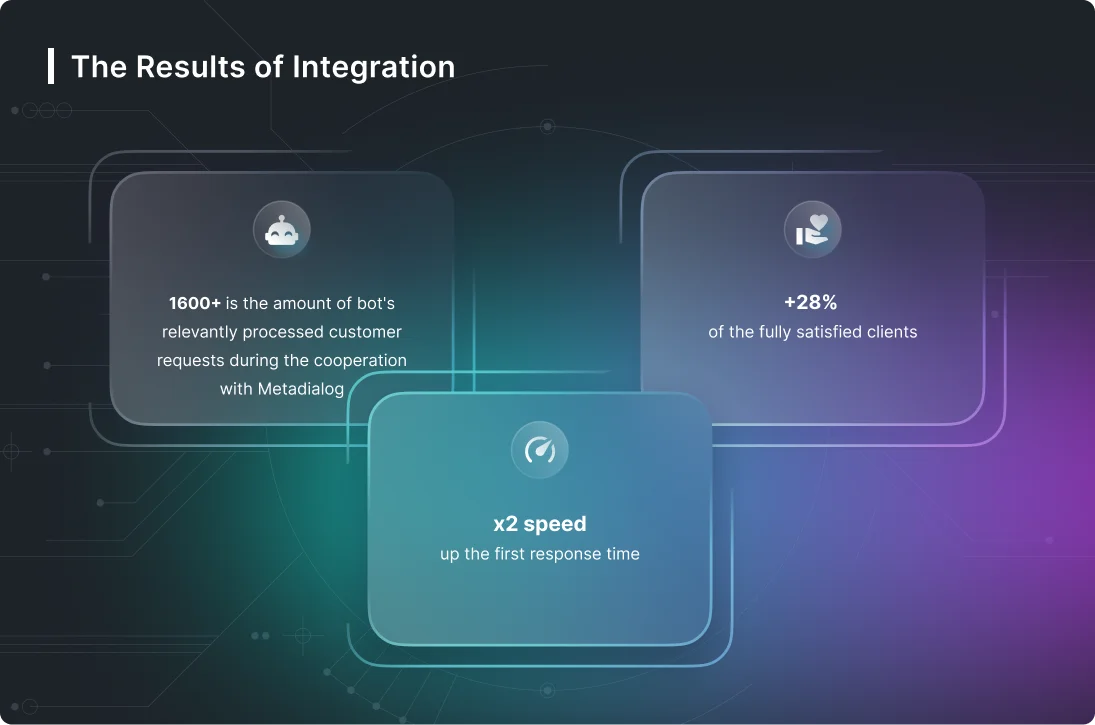Cognitive Automation helps where RPAs fall short by Marcin Rojek Becoming Human: Artificial Intelligence Magazine

This enables your organization to benefit from massive increase in productivity with minimum operational expenses. At Quadratyx AI, we help you get faster insight from the data assets utilizing intelligent algorithms and machine learning. Implementation of cognition tools in the highly process-driven industries enables quick processing of redundant and time-consuming activities and transforms the businesses to scale up their operational efficacy. By automating tasks such as data entry, invoice processing, and customer service, cognitive automation can help organizations to streamline workflows and reduce the amount of time and effort required to complete routine tasks.
My journey encompasses a profound understanding of software development using the .NET framework and a robust command over Azure’s cloud ecosystem. Throughout my career, I’ve demonstrated a knack for crafting scalable and efficient solutions, leveraging the power of cloud computing. Vibhuti’s commitment to staying at the forefront of technological advancements and her forward-thinking approach have solidified her as an industry thought leader. Her mission is to empower businesses to thrive in the digital age, revolutionizing operations through the Power Platform.
Are you ready?
RPA uses basic technologies like screen scraping, macro scripts, and workflow automation. Also, RPA does not need coding because it relies on framework configuration and deployment. Whereas, cognitive automation relies on machine learning and requires extensive programming knowledge. By leveraging cognitive automation technologies, organizations can improve efficiency, accuracy, and decision-making processes, leading to cost savings and enhanced customer experiences. The business case for intelligent automation is strong, and organizations investing in these technologies will likely see significant productivity, profitability, and competitive advantage benefits.
What Is Robotic Process Automation (RPA)? Everything You Need to Know – TechTarget
What Is Robotic Process Automation (RPA)? Everything You Need to Know.
Posted: Mon, 24 Jan 2022 22:50:11 GMT [source]
The differences between RPA and cognitive automation for data processing are like the roles of a data operator and a data scientist. A data operator’s primary responsibility is to enter structured data into a system. Whereas, a data scientist’s responsibility is to draw inferences from various types of data. The data scientist then presents them to management in a usable format so that they can make informed decisions.
Use case 5: Intelligent document processing
Another use case involves cognitive automation helping healthcare providers expedite the evaluation of diagnostic results and offering insights into the most feasible treatment path. Most importantly, RPA can cognitive automation examples significantly impact cost savings through error-free, reliable, and accelerated process execution. It operates 24/7 at almost a fraction of the cost of human resources while handling higher workload volumes.
TalkTalk received a solution from Splunk that enables the cognitive solution to manage the entire backend, giving customers access to an immediate resolution to their issues. Identifying and disclosing any network difficulties has helped TalkTalk enhance its network. As a result, they have greatly decreased the frequency of major incidents and increased uptime. One of the most important parts of a business is the customer experience.
Thus Cognitive Automation can address much more complex activities and provide value in the form of an expert system, guiding in decision-making processes, provide insights and the like. Unlike RPA or simple macros or bots, Cognitive Automation can read documents or IoT sensors and perform analytics on gathered data, leverage cameras to trigger alarms or assist in quality inspection procedures and many more. Cognitive automation makes it easier for humans to make informed business decisions by utilizing advanced technologies. These technologies can be natural language processing, text analytics, data mining, semantic technology, and machine learning.
In contrast, at the time of off-boarding, an enterprise has to obtain a resignation and look into the full and final settlement, ensure the safe return of the company property, issue the relieving letter, the tax receipt etc. The integration of these three components creates a transformative solution that streamlines processes and simplifies workflows to ultimately improve the customer experience. The coolest thing is that as new data is added to a cognitive system, the system can make more and more connections. This allows cognitive automation systems to keep learning unsupervised, and constantly adjusting to the new information they are being fed.
Operations optimization
As organizations in every industry are putting cognitive automation at the core of their digital and business transformation strategies, there has been an increasing interest in even more advanced capabilities and smart tools. In contrast, cognitive automation or Intelligent Process Automation (IPA) can accommodate both structured and unstructured data to automate more complex processes. By automating cognitive tasks, organizations can reduce labor costs and optimize resource allocation. Automated systems can handle tasks more efficiently, requiring fewer human resources and allowing employees to focus on higher-value activities. By augmenting human cognitive capabilities with AI-powered analysis and recommendations, cognitive automation drives more informed and data-driven decisions.
3 Things AI Can Already Do for Your Company – HBR.org Daily
3 Things AI Can Already Do for Your Company.
Posted: Tue, 19 Dec 2017 00:55:32 GMT [source]
These six use cases show how the technology is making its mark in the enterprise. It can carry out various tasks, including determining the cause of a problem, resolving it on its own, and learning how to remedy it. Intelligent virtual assistants and chatbots provide personalized and responsive support for a more streamlined customer journey. These systems have natural language understanding, meaning they can answer queries, offer recommendations and assist with tasks, enhancing customer service via faster, more accurate response times. Botpath is an RPA software that increases efficiency and reduces risks by configuring bots to execute tasks accurately and timely. The software is an AI-driven RPA that gives you immediate ROI for your business.



